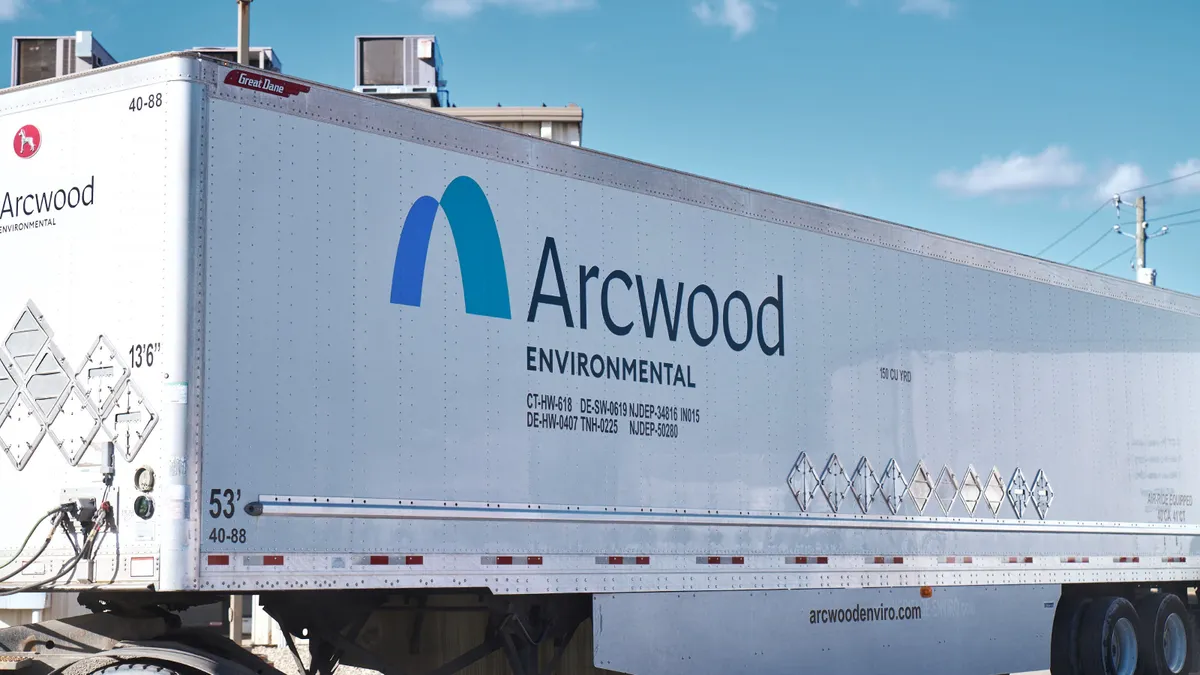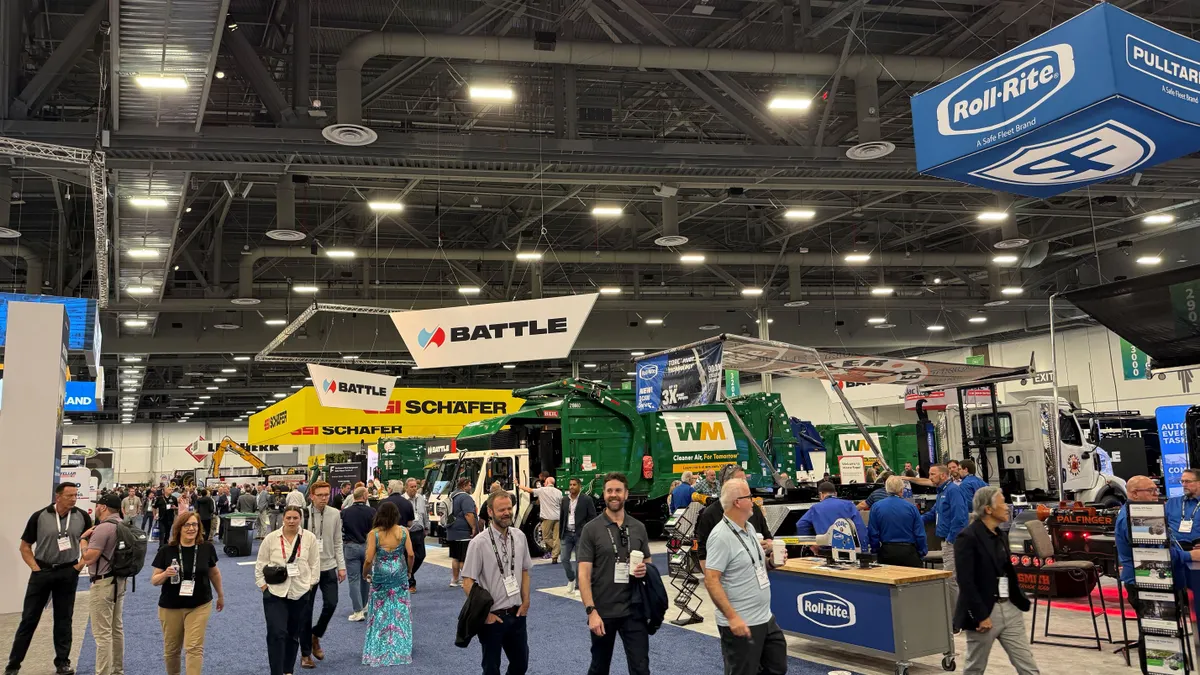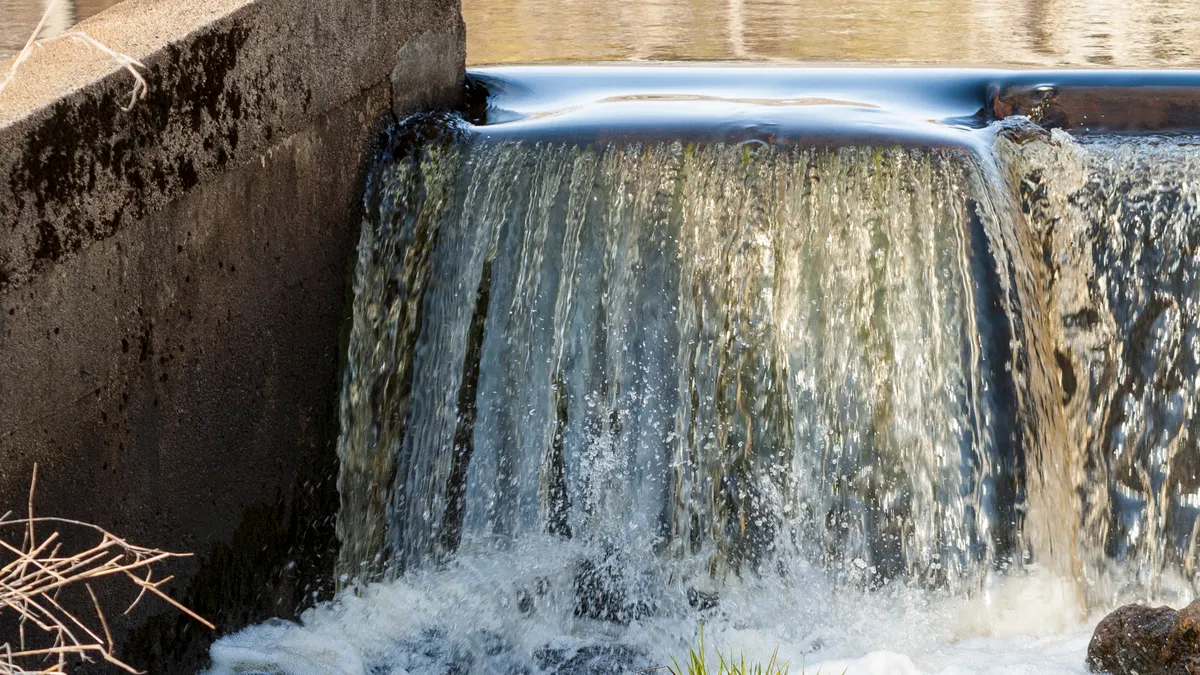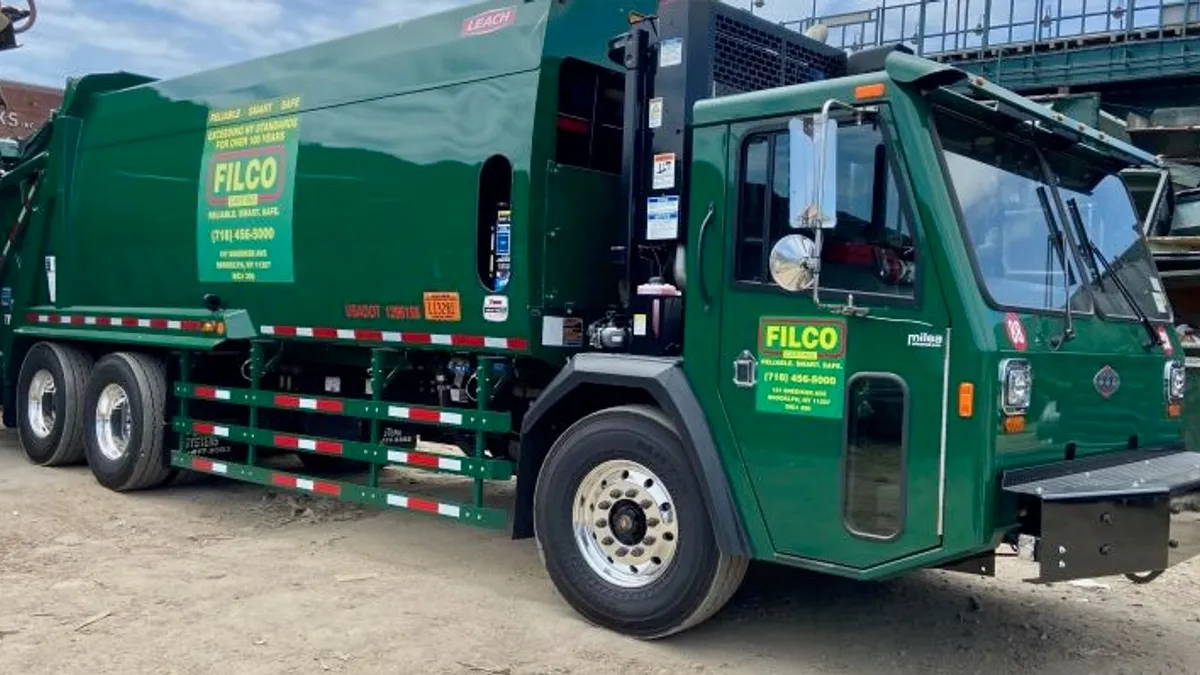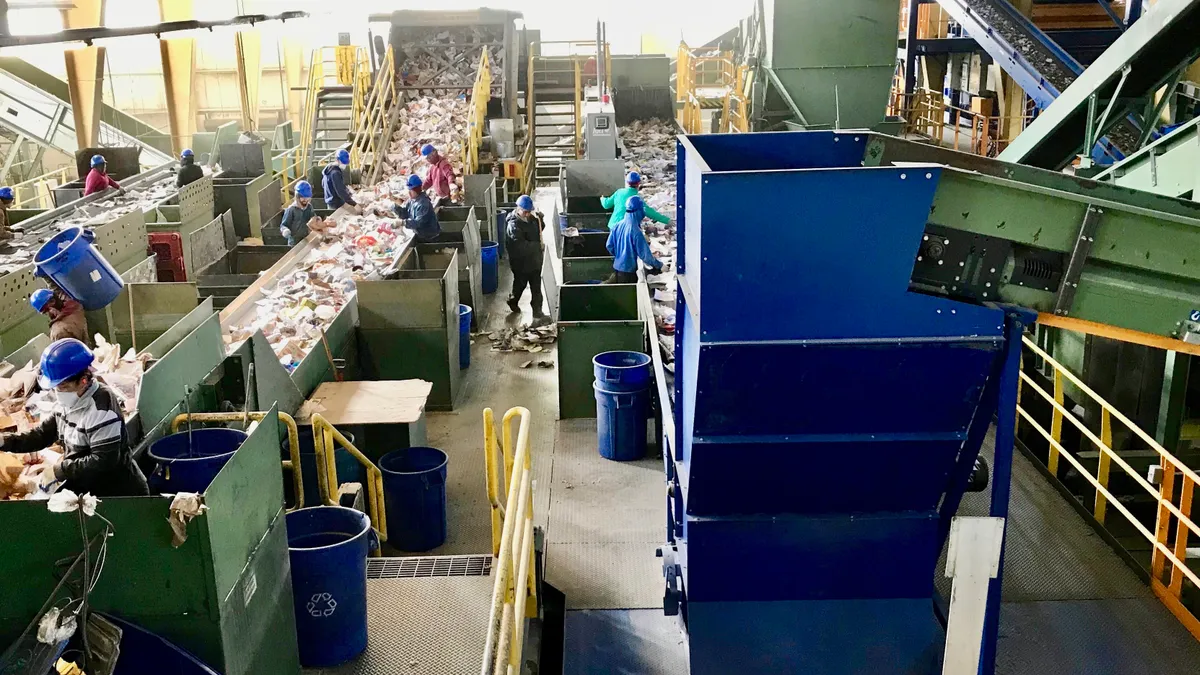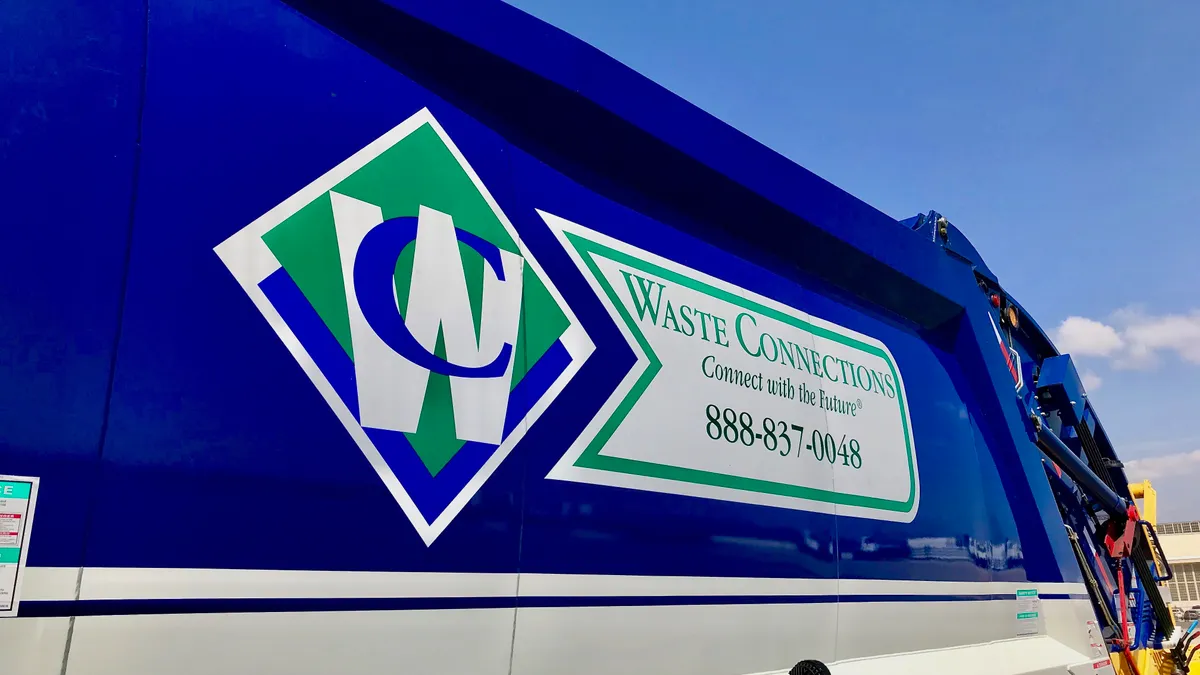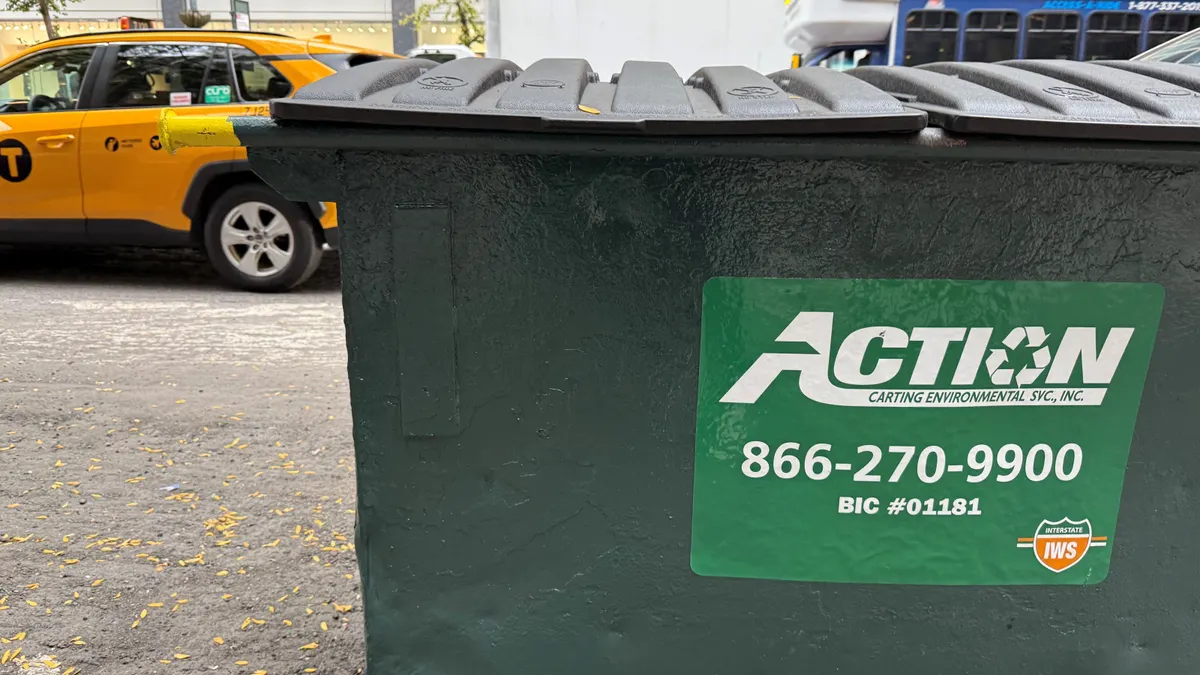Heritage Environmental Services rebranded to Arcwood Environmental last month, in the latest evolution of a more than 50-year-old environmental services company. It caps off a year of growth under CEO HP Nanda, who came to the company in April 2024 after a stint as CEO of Houston-based Grundfos Water Utility and more than two decades at chemical manufacturer DuPont.
While he's relatively new to the waste industry, Nanda said his colleagues have embraced him with open arms. He also said he has come to the space at a time of rapid change and opportunity, when more and more customers and the public at large are seeing Arcwood's services in a fresh light.
"We have redefined the vision of our company," Nanda said. "We want to be the most trusted partner of our customers, and we want to put customers first in everything we do as an organization."
Indianapolis-based Arcwood has been quick to realize that vision since EQT Infrastructure acquired a majority stake in the company in the first quarter of 2024. Since then, the company has acquired an energetic waste disposal provider in Missouri, built new incineration capacity in Texas and added new shredding capabilities at its long-standing East Liverpool, Ohio, incineration facility.
Today, Arcwood has more than 2,000 employees across the United States. It owns dozens of facilities, including eight treatment, storage and disposal facilities for hazardous waste and a hazardous waste landfill in Roachdale, Indiana.
EQT said the company was responsible for managing approximately 660,000 tons of industrial waste in 2023, and that number is expected to grow as Arcwood continues to expand. Nanda expects the United States' industrial policy to be a tailwind for Arcwood, and he said EQT’s financial support will help it capture that demand.
"Everything is available for us as you think about the future growth opportunities for investing in our own plant or investing through acquisitions to expand our geographic footprint," Nanda said.
Waste Dive recently spoke with Nanda to learn more about Arcwood’s growth path and how it’s navigating today’s market.
This interview has been edited for clarity and brevity.
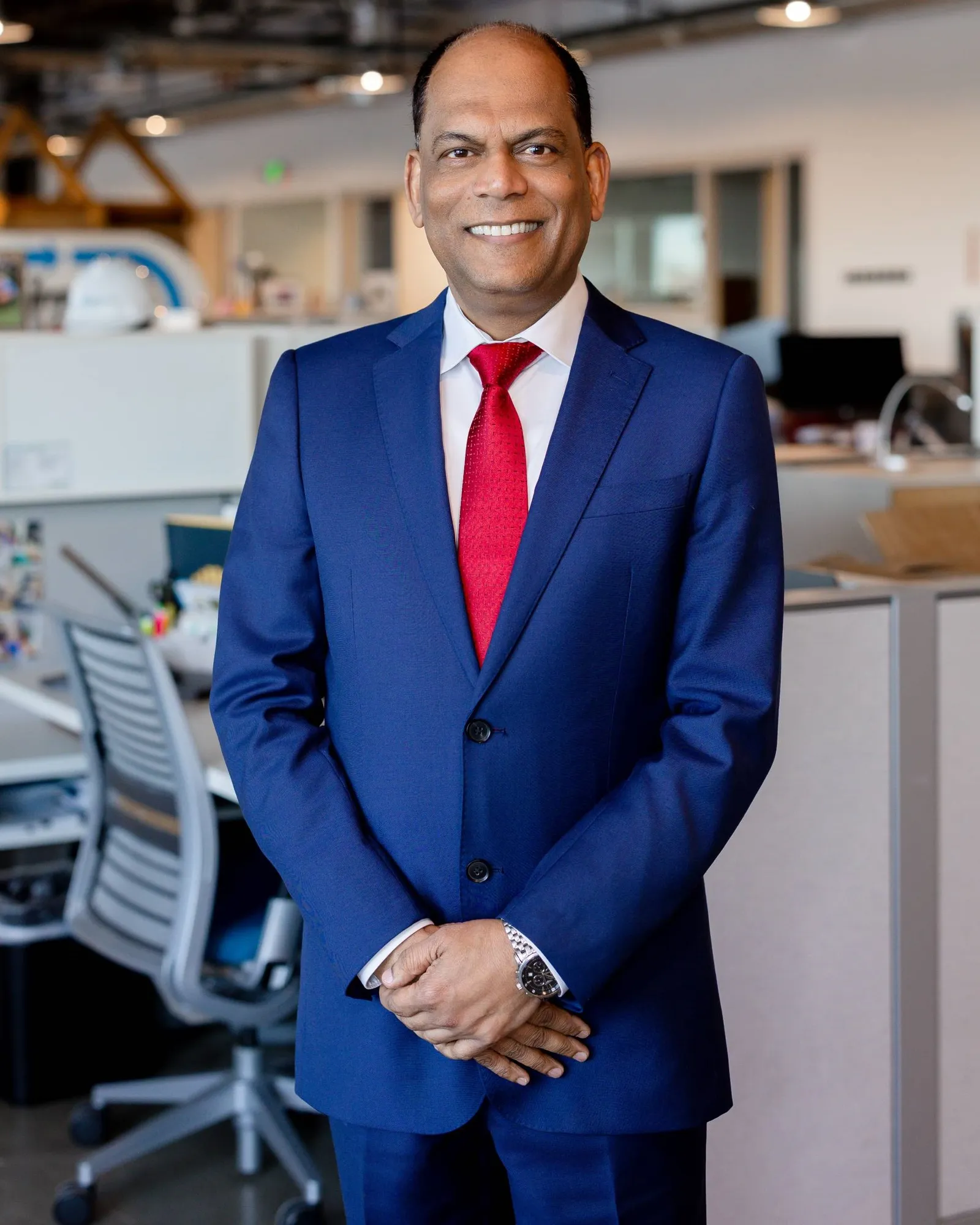
WASTE DIVE: The rebrand was spurred in part by EQT Infrastructure's investment in 2024. Talk to me about how else they're supporting and shaping Arcwood's growth.
HP NANDA: Heritage has been a leader in the hazardous industrial waste services management field for more than five decades. As a family-owned company based in Indianapolis, growing the business, growing the team, and servicing thousands of customers is the foundation that was built before EQT came and took the new ownership.
The intent of EQT's ownership is to help us transform ourselves for the future in three ways, and they are all part of our strategic intent. How to make us better — better, to serve our customers, better to build a world-class organization [with] world-class processes, tools and systems, so that we could really be the most trusted partner for our thousands of customers who rely on us to service them every single day, 24/7, 365. That's number one.
Second one is bigger. Once you become better, hopefully you have a bigger growth ambition, and how do you really grow in scale, grow in size, grow to expand to new geographies, so that we could really have a much bigger footprint and presence as a national player all over the country. And for that, you need capital. So the private equity ownership and the support from EQT will really be handy for investing organically in the business, investing capital in the plants, inorganic acquisitions to build a new company. So all of that will really be possible to get us bigger.
And lastly, bolder. As you think about the new name, as you think about our long-term aspirations, how do you really strengthen the capabilities, strengthen the technology portfolio, strengthen all possible areas? We could build new muscles so that we could really think about, how can we make a bigger impact, solve more complex challenges for customers?
The news release announcing your rebrand noted that Arcwood is expanding into high-growth industries. Can you say which industries that refers to and what that looks like?
I'm a strong believer in “grow where the growth is.” That means if we have to grow, we have to figure out where the growth in our country is going to be. Look at the current administration's commitment to bring manufacturing back to our country, to drive national resiliency in a number of sectors.
I'll give you a couple of examples of that: Look at semiconductors and advanced manufacturing. As you think about artificial intelligence and reducing our dependency on importing chips from outside of our country to our own country to support the big ambitions in the technology field, a lot of investment in the entire value chain of semiconductors will be required. Same thing on pharmaceuticals. You have seen a lot of public commitments about huge investment in the pharmaceutical sector, sectors like that.
How’s the ramp-up of your Orange, Texas, incinerator going?
Twelve months ago, before I came on board, we had one incinerator in East Liverpool. Now, 12 months down the line, we have three incinerators and we are expanding capability in all three. You saw in East Liverpool, we installed a new shredder so that we'll be able to do a lot more different types of waste and do it more safely and with expanded volume.
Orange, I can tell you, we have invested significantly in the last 12 months, and we had a long, almost 50 days of, outage. We started in the beginning of January, it got completed in the early part of March of this year. It was multiple millions of dollars of investment to really beef up the capability in everything. How do we build the capability to handle containers? How do we handle more direct drum pumping into the incinerator? How do we have the tank washed? How do we ensure the turnaround of the bulk liquid coming to the plant can happen in a seamless way?
Twelve months ago, we probably had a dozen employees in Orange. At this point in time, we are probably close to 100. It has been lot of hiring of people to really beef up the plant, because we realized that the incinerator has a lot of capability in a strategic location. It will help us also bring more flexibility for our customers.
The last one you saw receive investment was the Joplin, Missouri, General Dynamics incinerator. Same thing, we got ownership in October of 2024, and there's a lot of investment underway about beefing up the capability of that incinerator. As open detonation becomes a challenge, that incinerator is going to be very helpful for the entire industry and for all the customers because of the unique capabilities it has in our country.
In Joplin, it is probably a 12- to 18-month journey. We have done some low-hanging, quick capital investments, and then we have a holistic evaluation underway to figure out what additional capabilities, including capacity expansion, we could drive in Joplin to support the industry with more processing capability.
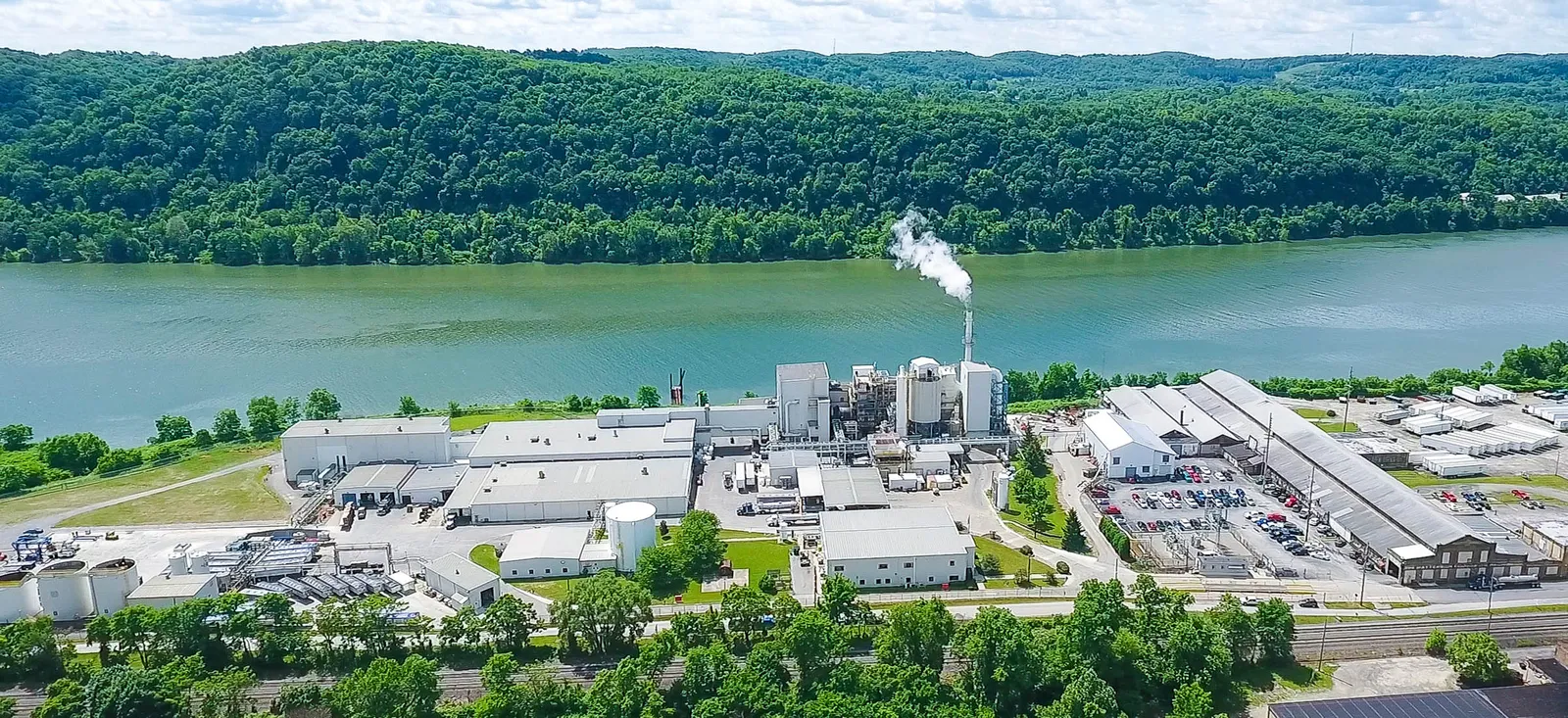
You're one of several companies ramping up incinerator capacity to handle special or hazardous waste. How can you compete in the marketplace?
As we think about new incinerators coming up, there has been lot of debate about tightness of incineration capacity. We still have a lot of captive incinerators in many places. But for many of the captive incinerators, probably some of those customers, that is not their core business, that is like a peripheral activity.
As you think about companies like ours and others in the industry who have the best people, the commitment to manage these incinerators, invest capital, make them modernized, do them safer, we think there is a lot of opportunity to meet the industrial growth — combined with probably some of these customers who may think about not using the captive incineration capacity anymore to outsource.
Do you plan to build or acquire any new incineration capacity in the near future?
We don't have those plans as of now. We are super focused on what can we do going from one incinerator to three incinerators in 12 months. And how do you think about driving debottlenecking, driving throughput capacity, driving automation, modernization and everything that we could do to unleash our fullest capacity from these three incinerators before we think about whether we need a new one.
We've heard some public companies talk about softness in the industrial waste market impacting demand for services. The tariff environment also could cause some bumpiness in that sector. What are you seeing on that front and how can Arcwood handle any potential turbulence?
I think the macro trends for the long term, they're all positive. Industrial onshoring in the country, industrial growth in the country, we think all those macro trends are absolutely tailwinds for the industry. We think the commitment of the corporate citizens to really stay ahead of the sustainability journey and drive everything in the right way, they're all tailwinds.
But absolutely in the short term, I think all of us are really in the process of developing our own insight. It’s too early to say what it will mean. So I think everybody is in a thoughtful mode. We are super focused on how to go and use this opportunity to recommit our service level to our customers, to leverage the full expanded capability and the commercial footprint of our customers. Because we are here for the long term and fully focused on the long-term growth, recognizing we have to navigate some of the short-term challenges.
You've had those improvements in the incineration capacity side. Are you thinking of doing anything similar on the landfill front, or are you comfortable with where you're at?
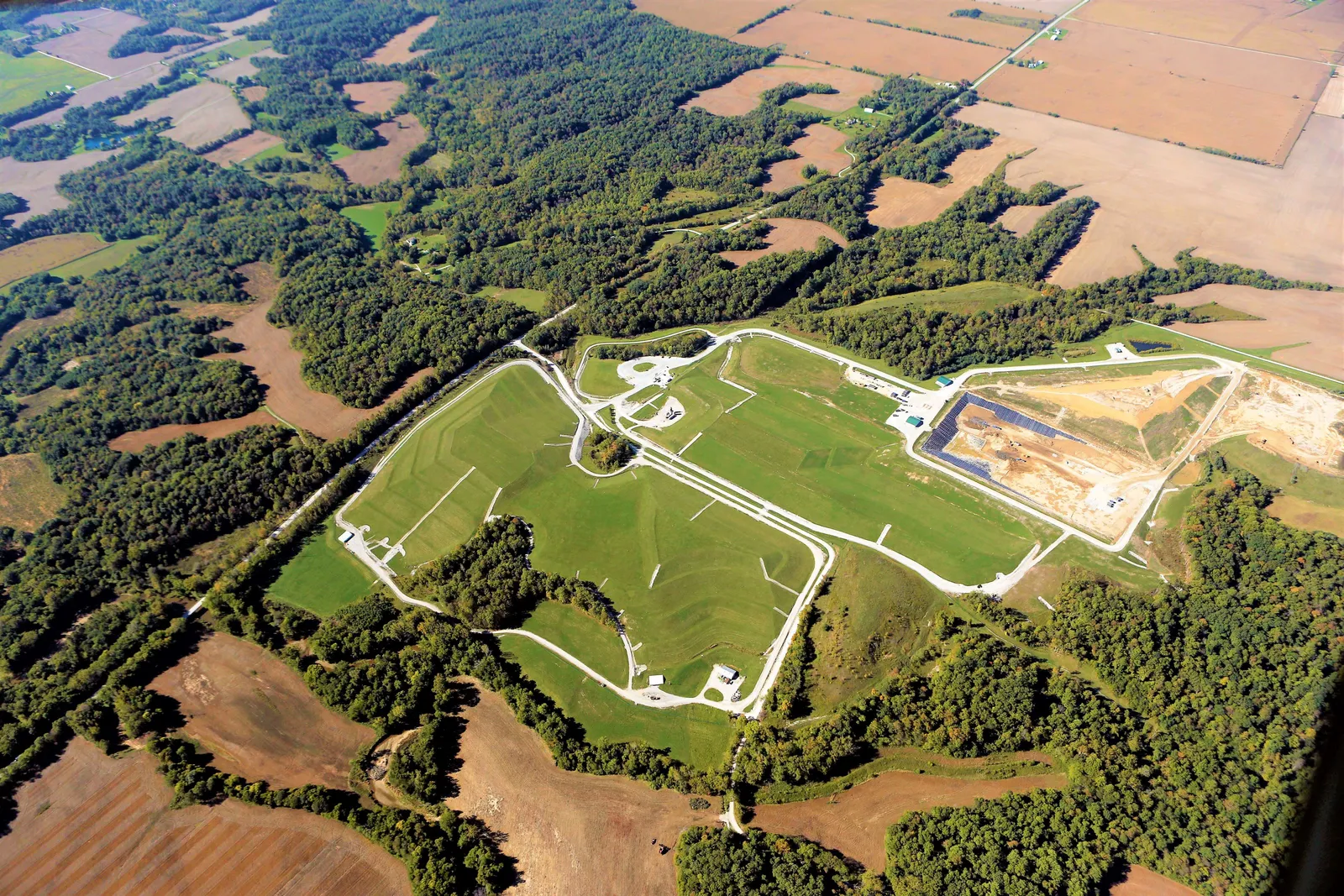
We are looking at it. We have only one landfill in Roachdale, and the geographic location of that, it has advantages to certain territories, and it is probably not the closest landfill to certain parts of our country. So we are constantly thinking about what we could do on the landfill side there.
The same thing on the fuel blending in Benton, Arkansas. We have the nation's largest fuel-blending facility, and we are investing capital to further expand the capacity and the capability in the fuel-blending facility.
On the recycling front, what is driving that business and what are you seeing in the long term that makes it worthwhile for you?
You could see there are a lot more products today in the marketplace on the industrial side and the consumer side. They get introduced from different industries that have aerosol as the medium to carry their active ingredients. As those products get introduced by our customers in the marketplace, that provides opportunity for us to ensure we have the capability and the capacity. So we are really investing in expanding our aerosol processing capacity with a completely new investment, with a very safe facility.
Are you planning any kind of M&A this year?
Not very much. Getting more scale, more size, more relevance in some of the areas that we'd already discussed is definitely a key part of our strategy. Being owned by EQT, we have all the financial support to really do M&A, and we have built internal capability as a dedicated team constantly looking at M&A.
Nobody can predict the win rate. We want to be the good custodians of our investment on behalf of our investor. So we want to really figure out which is the right target at the right value where we can be the rightful owner.
I hope we'll be able to have some announcement. But you never know. There is no guarantee in this particular space.


